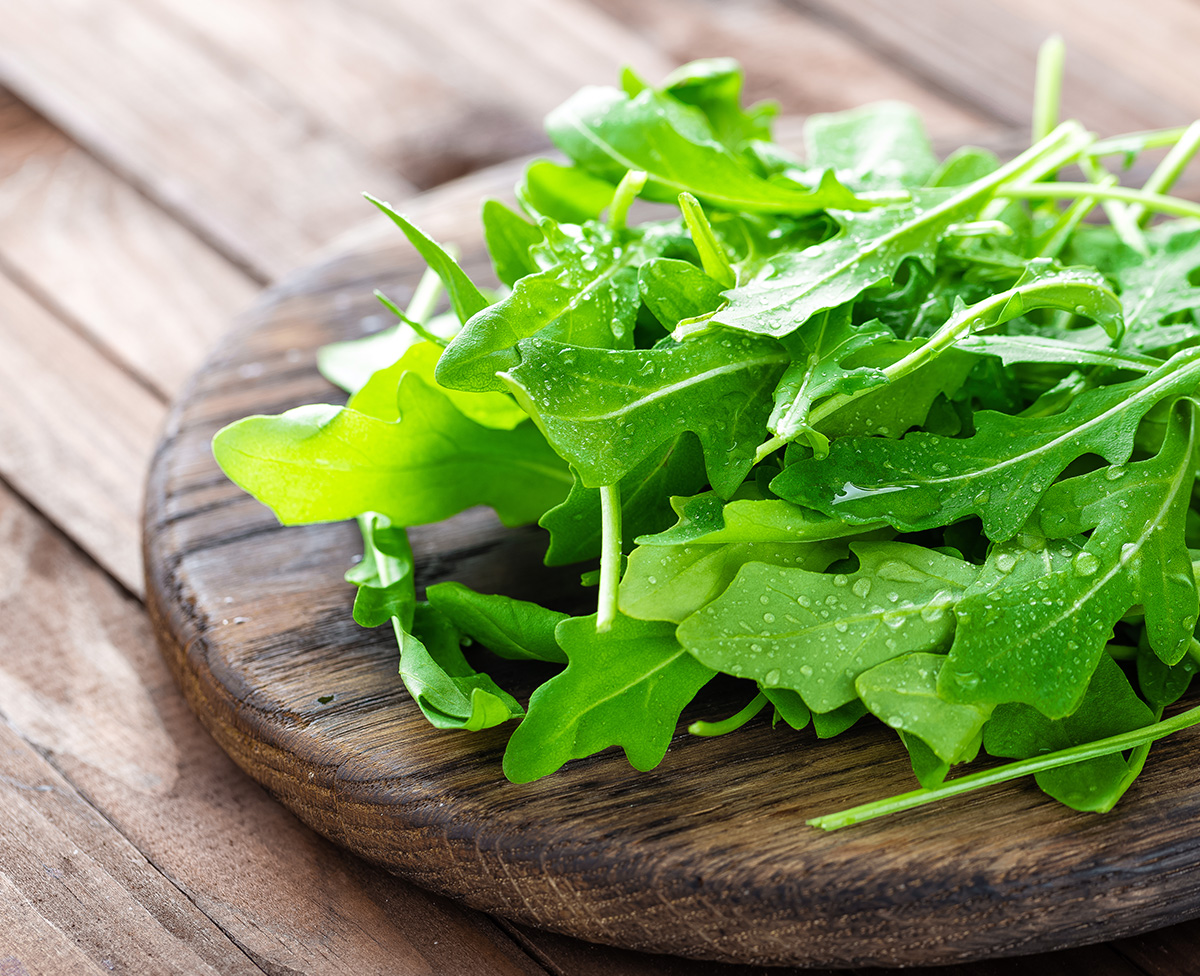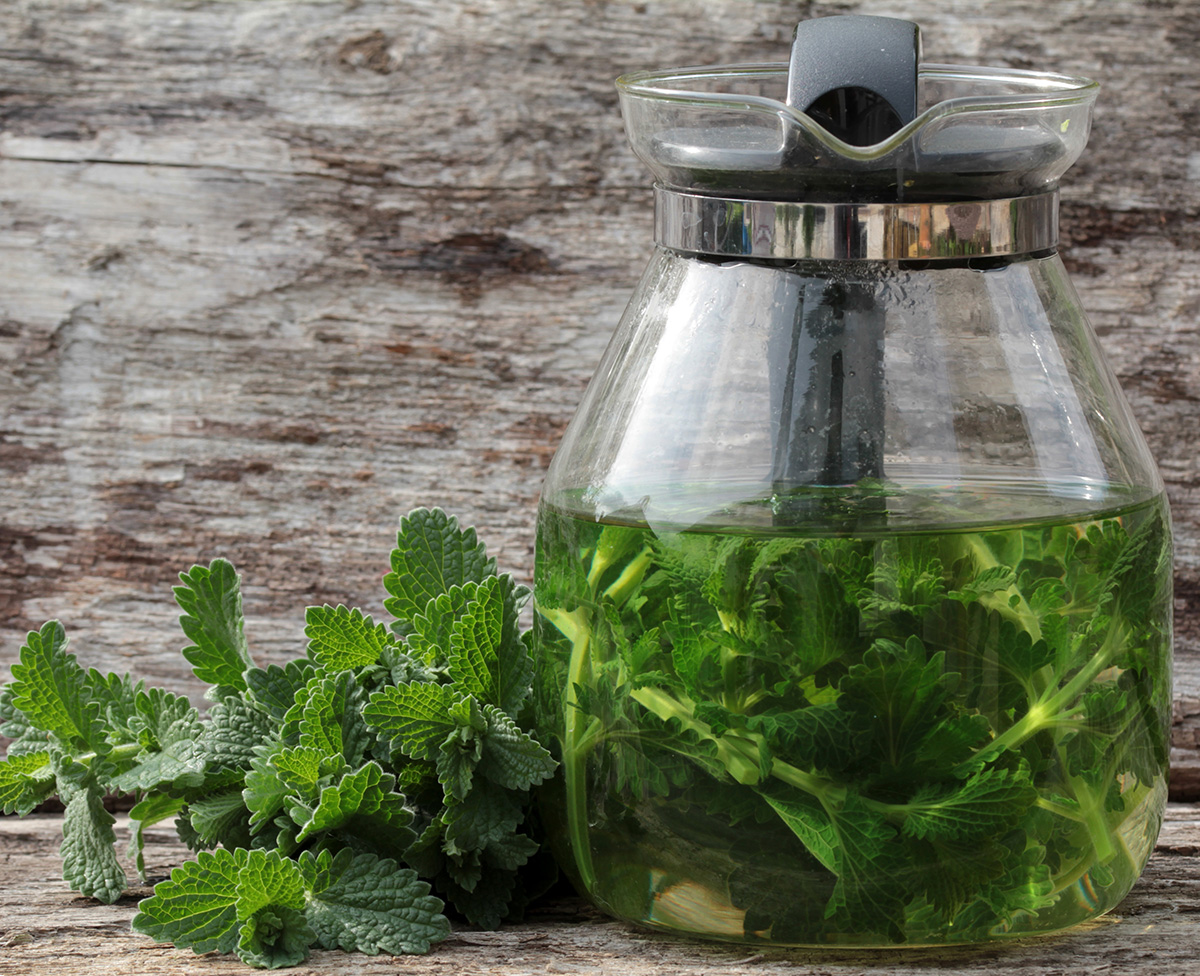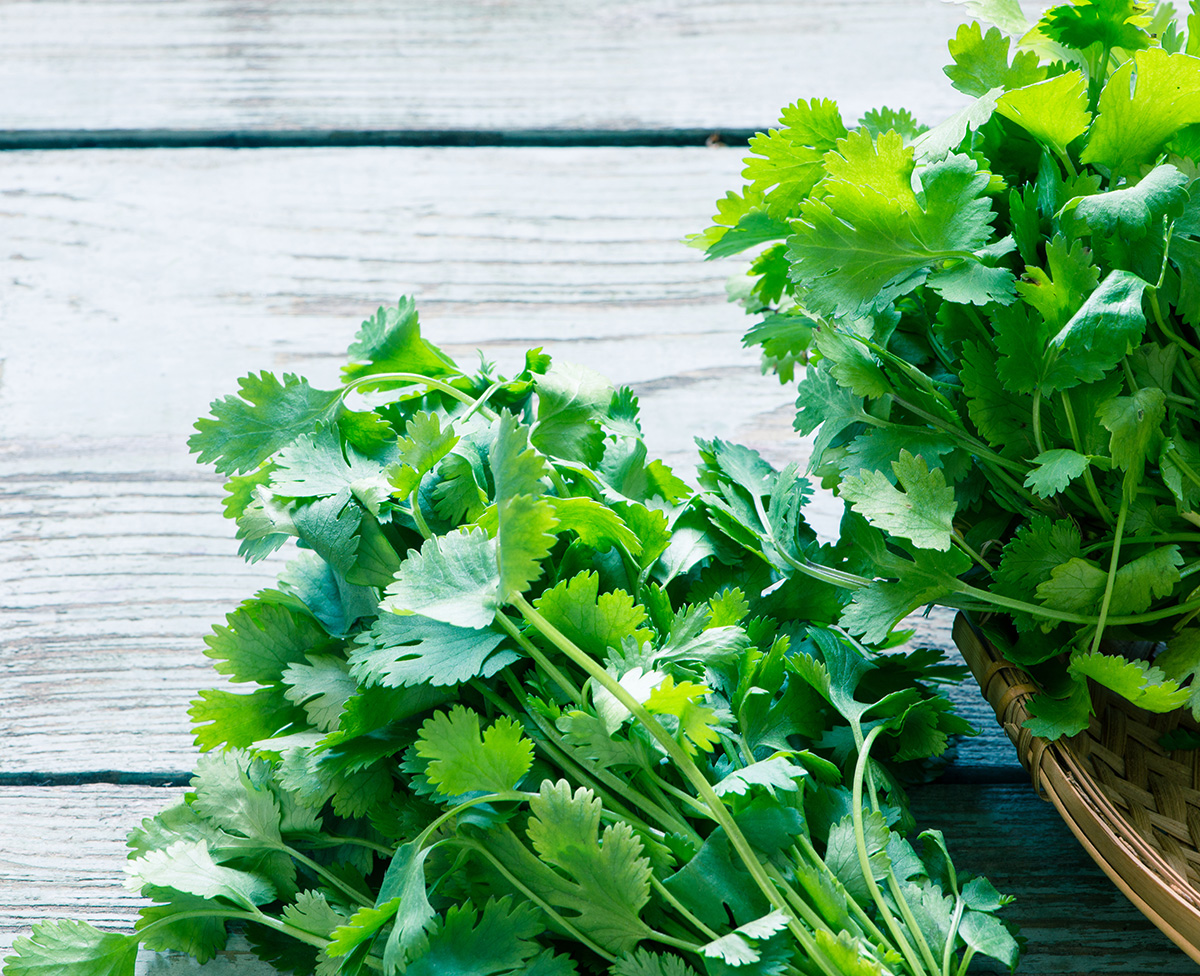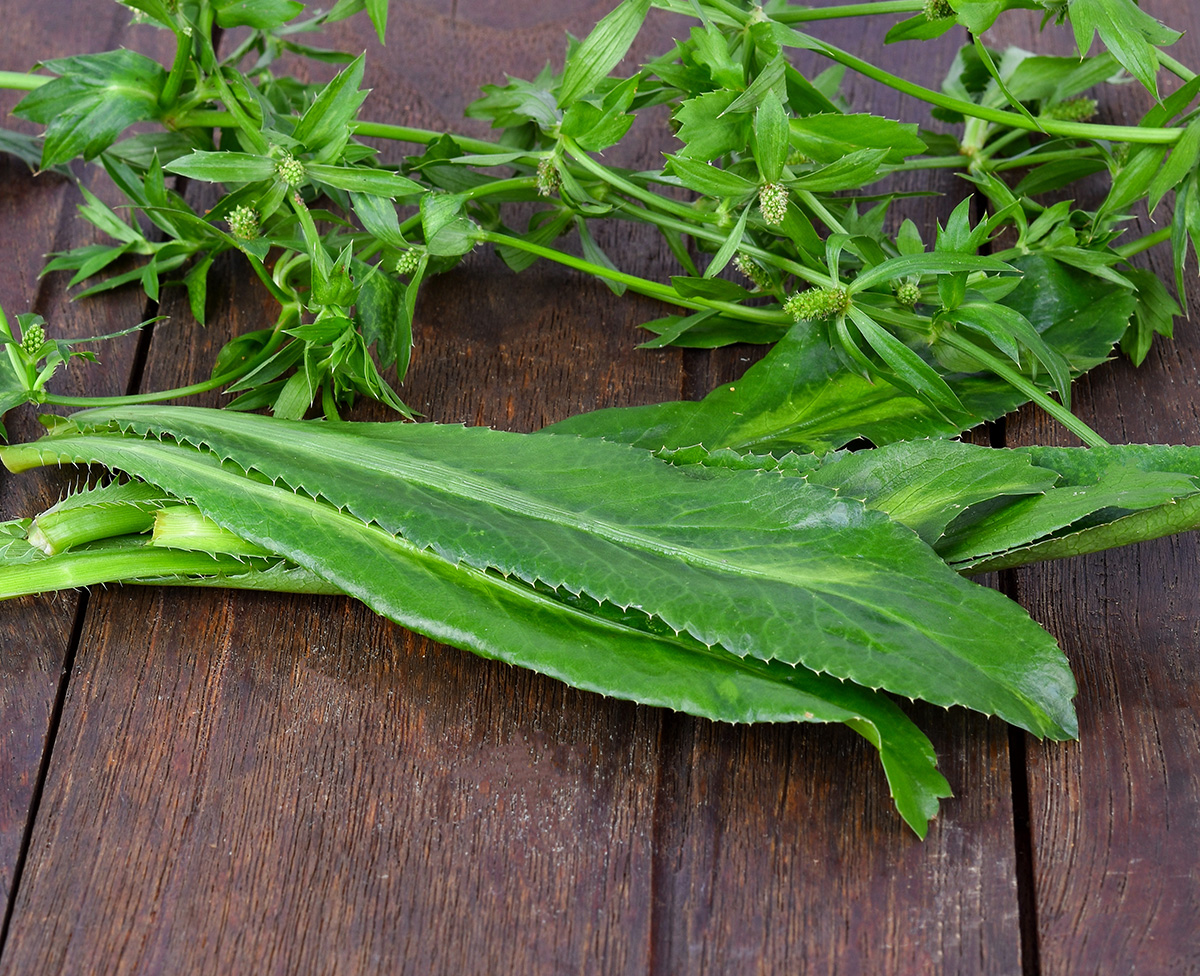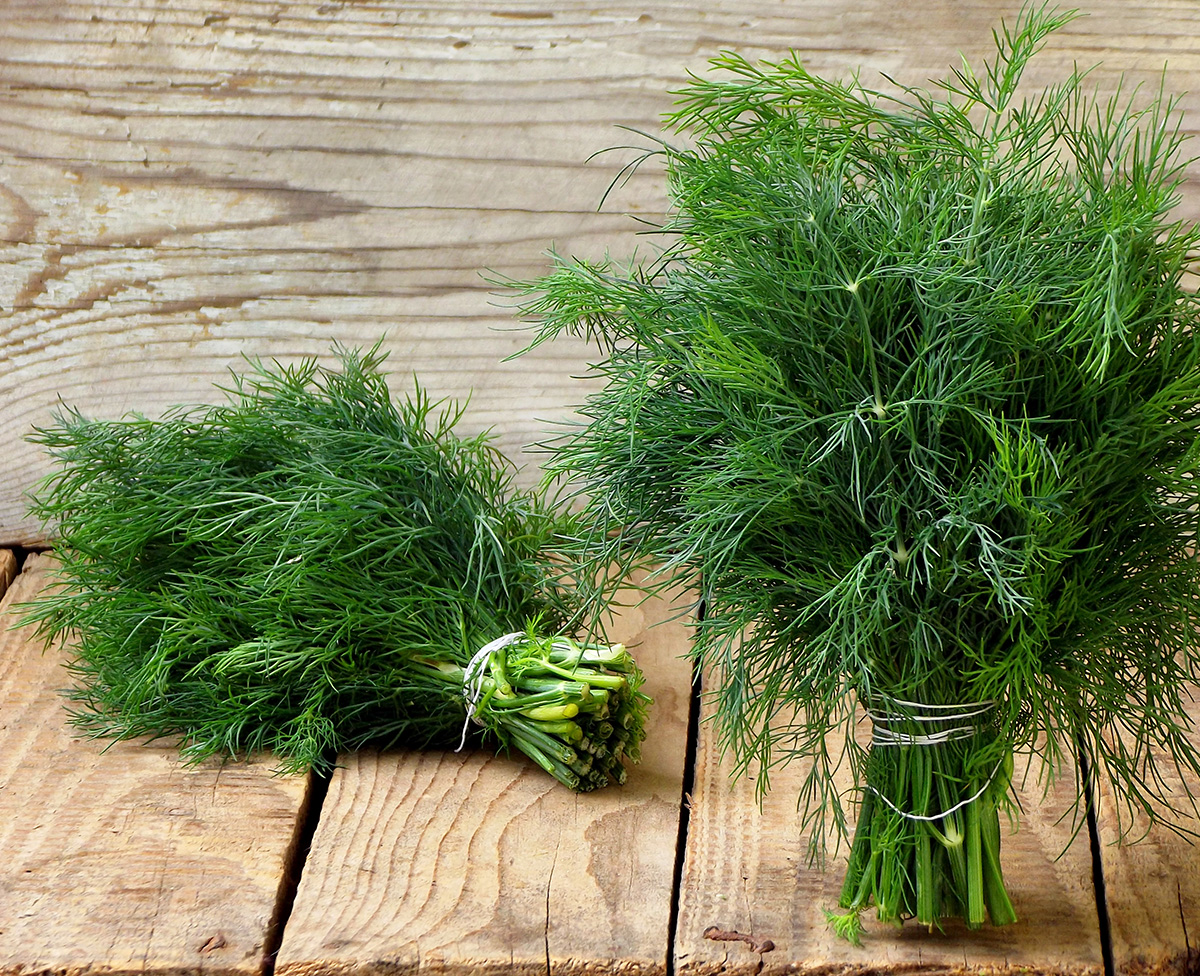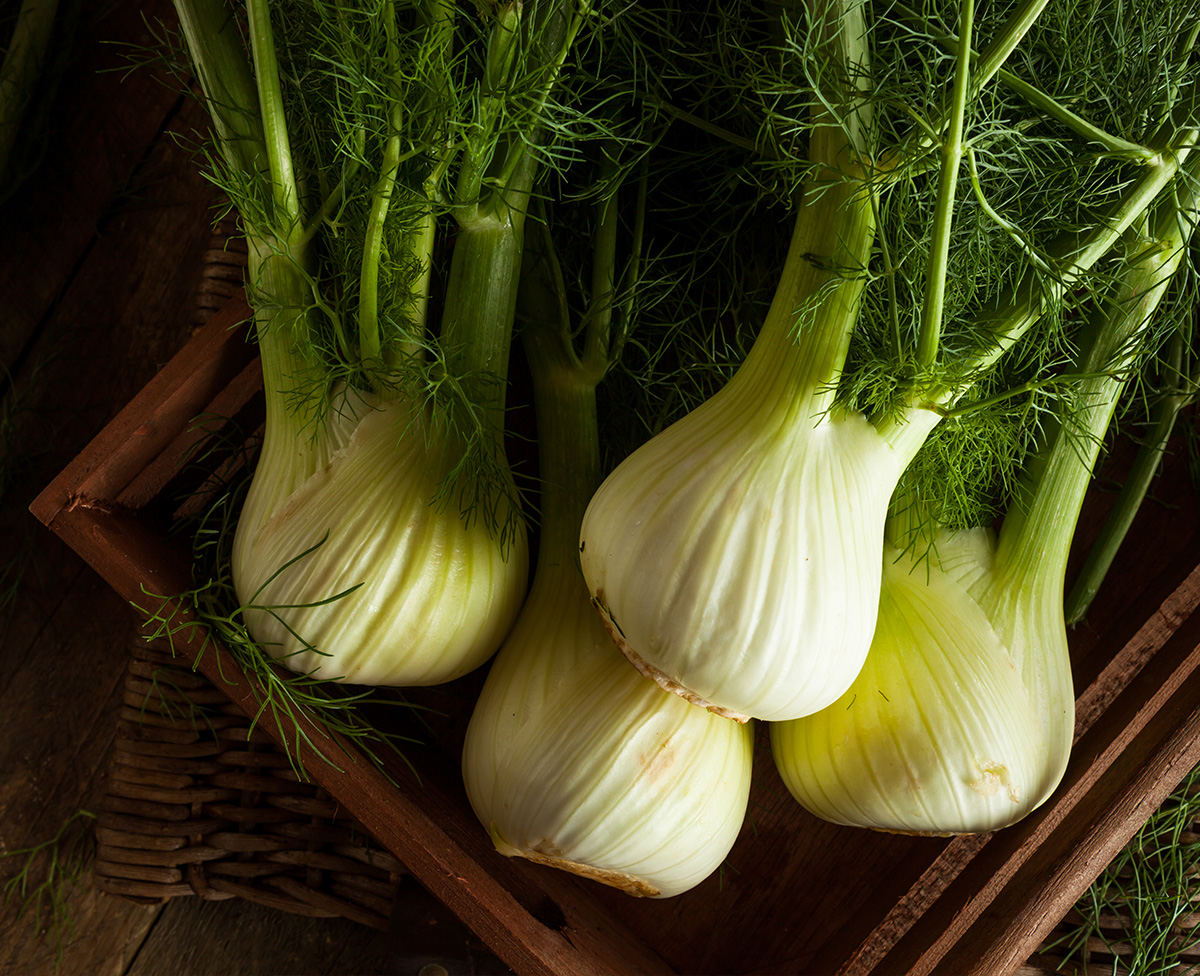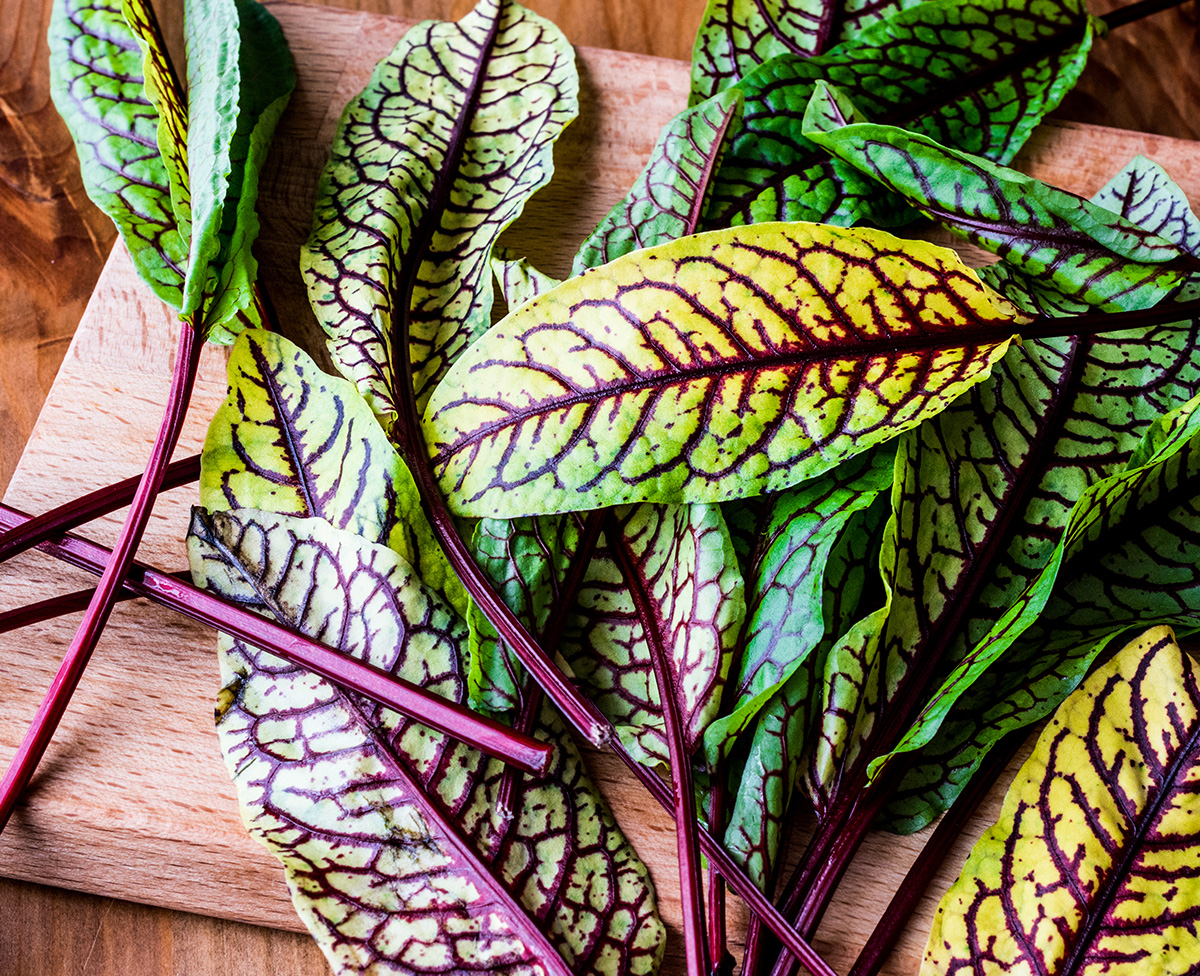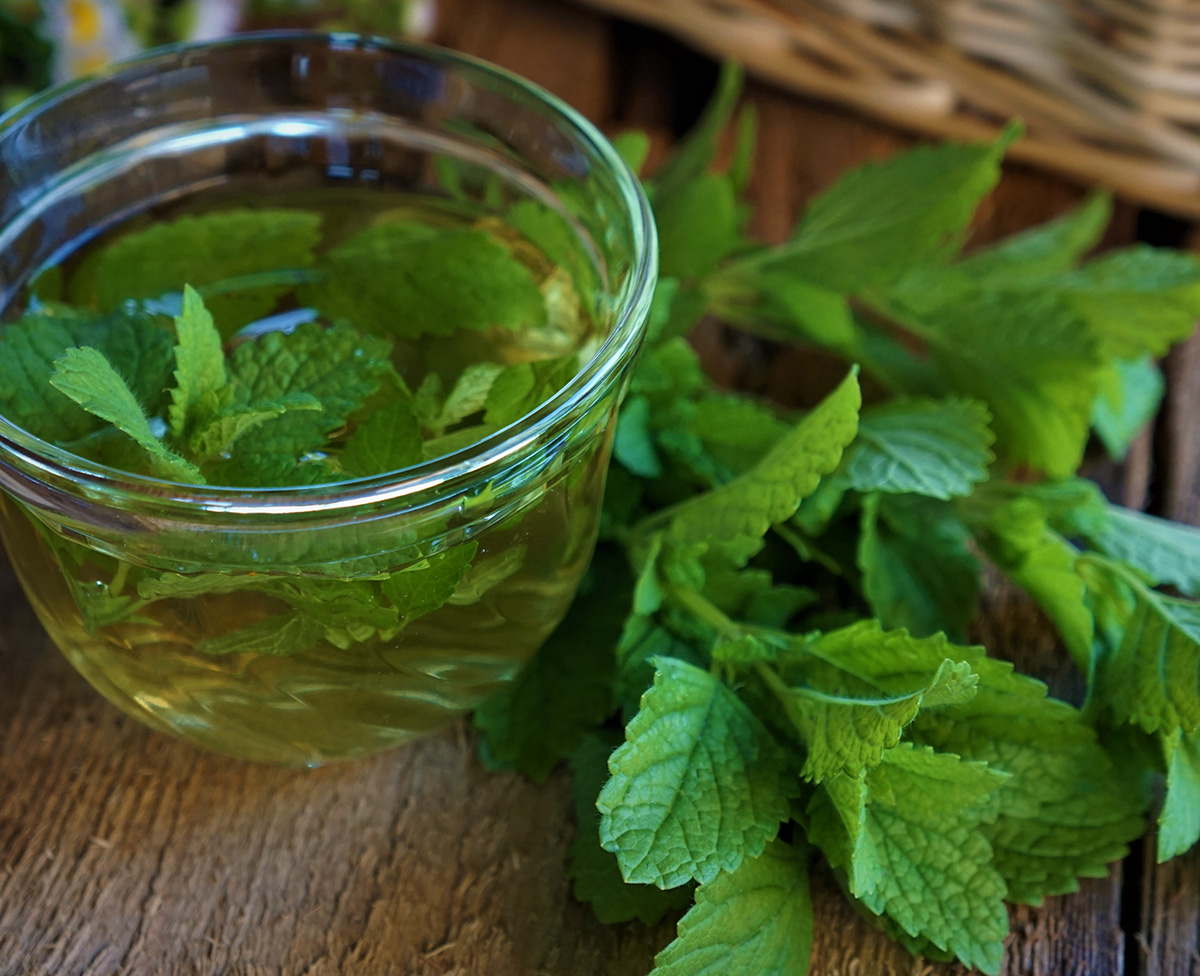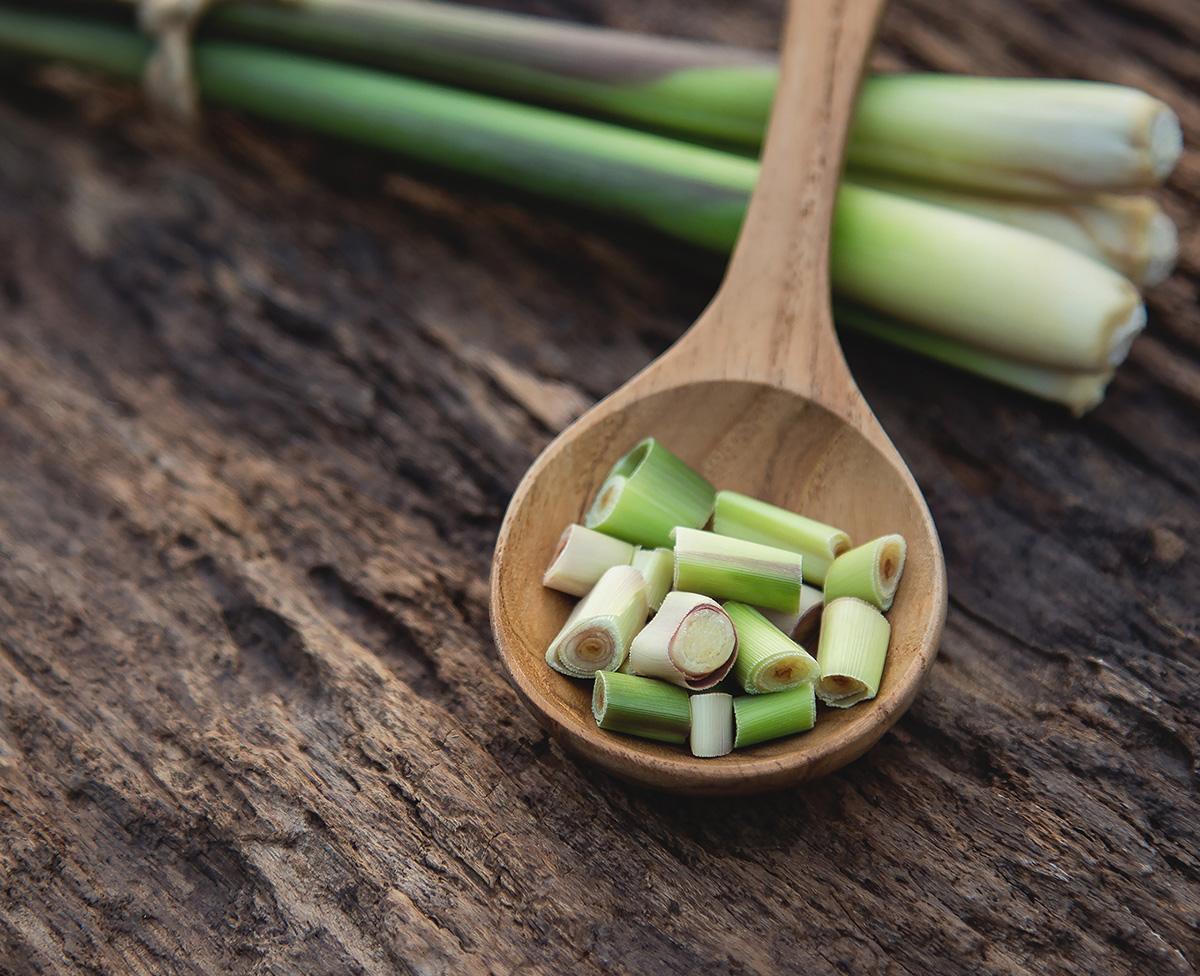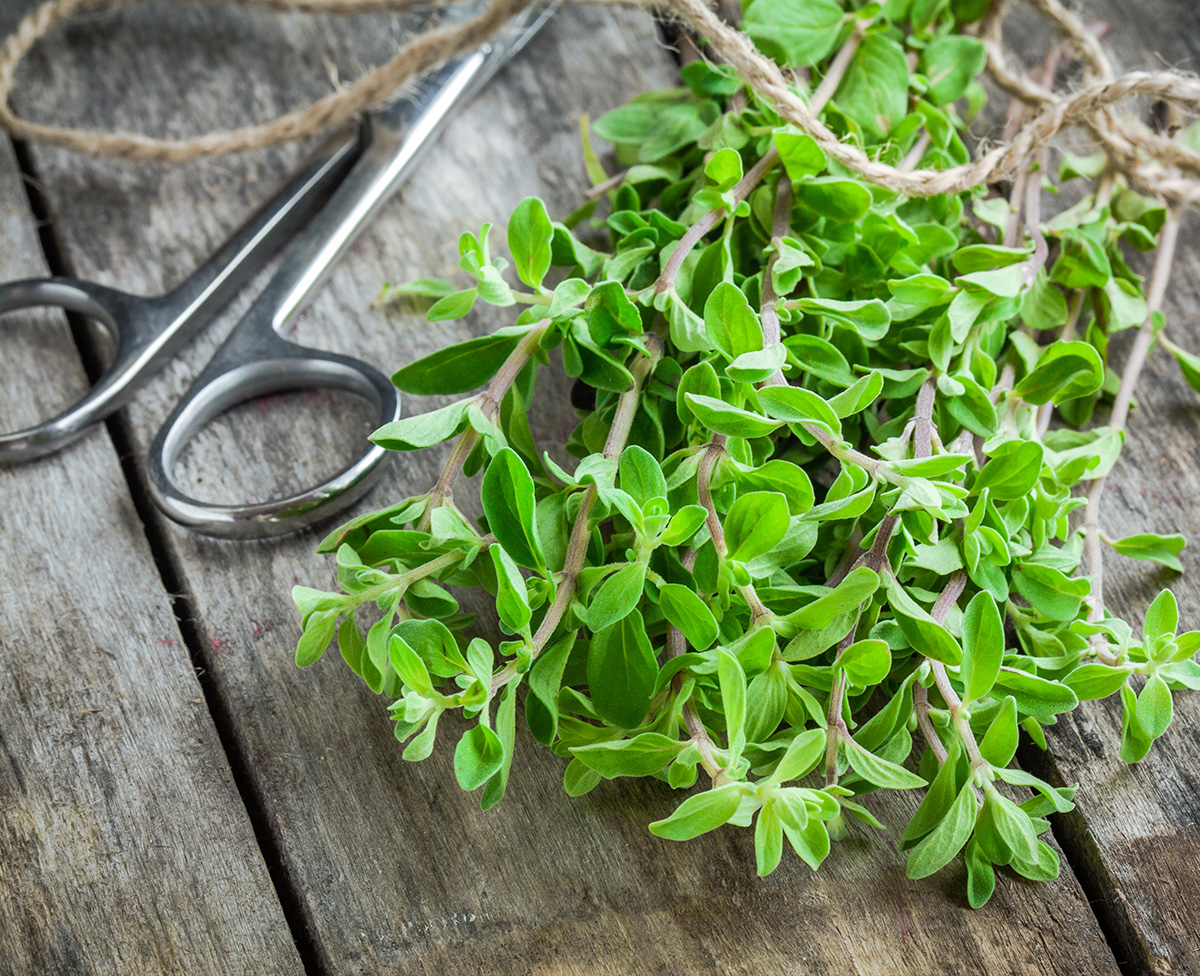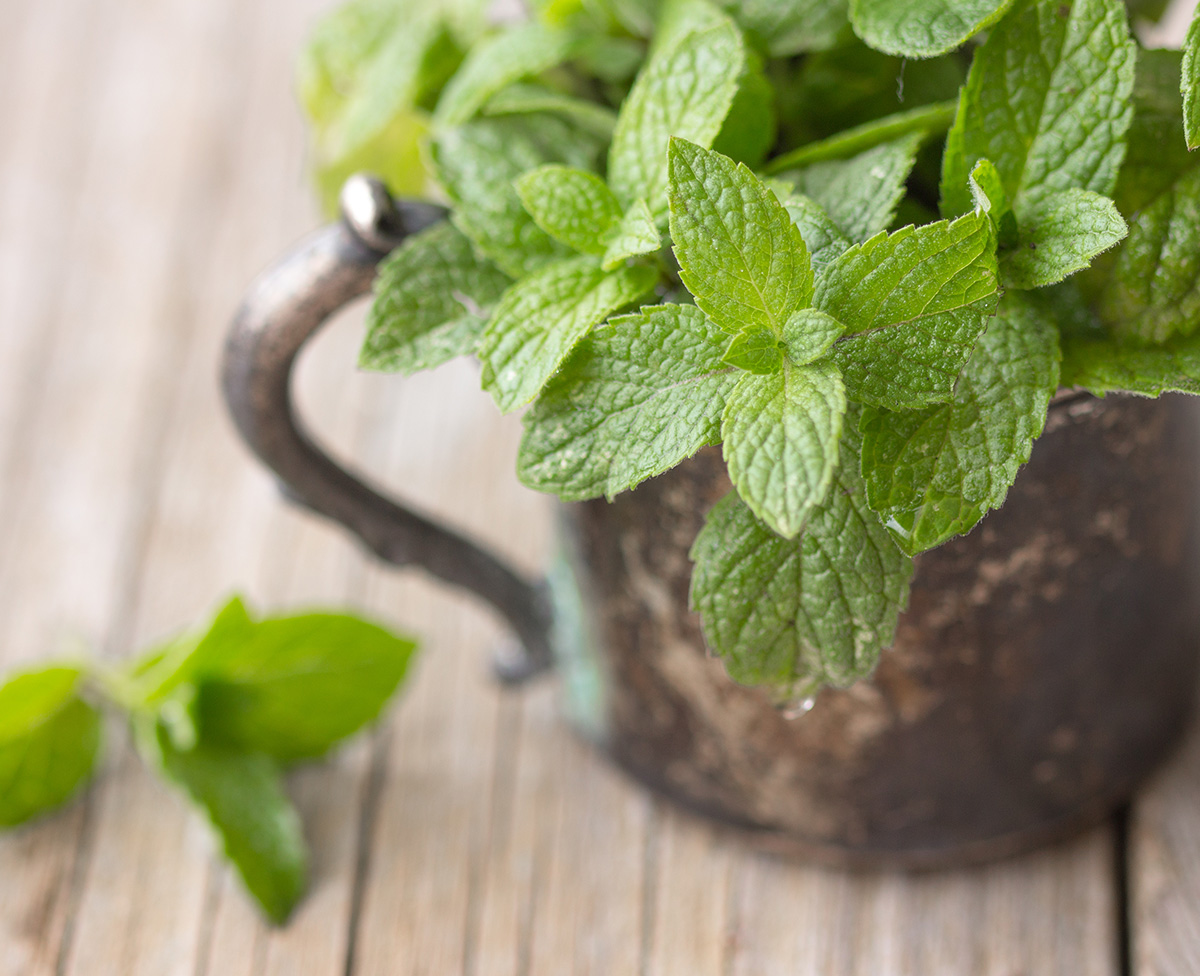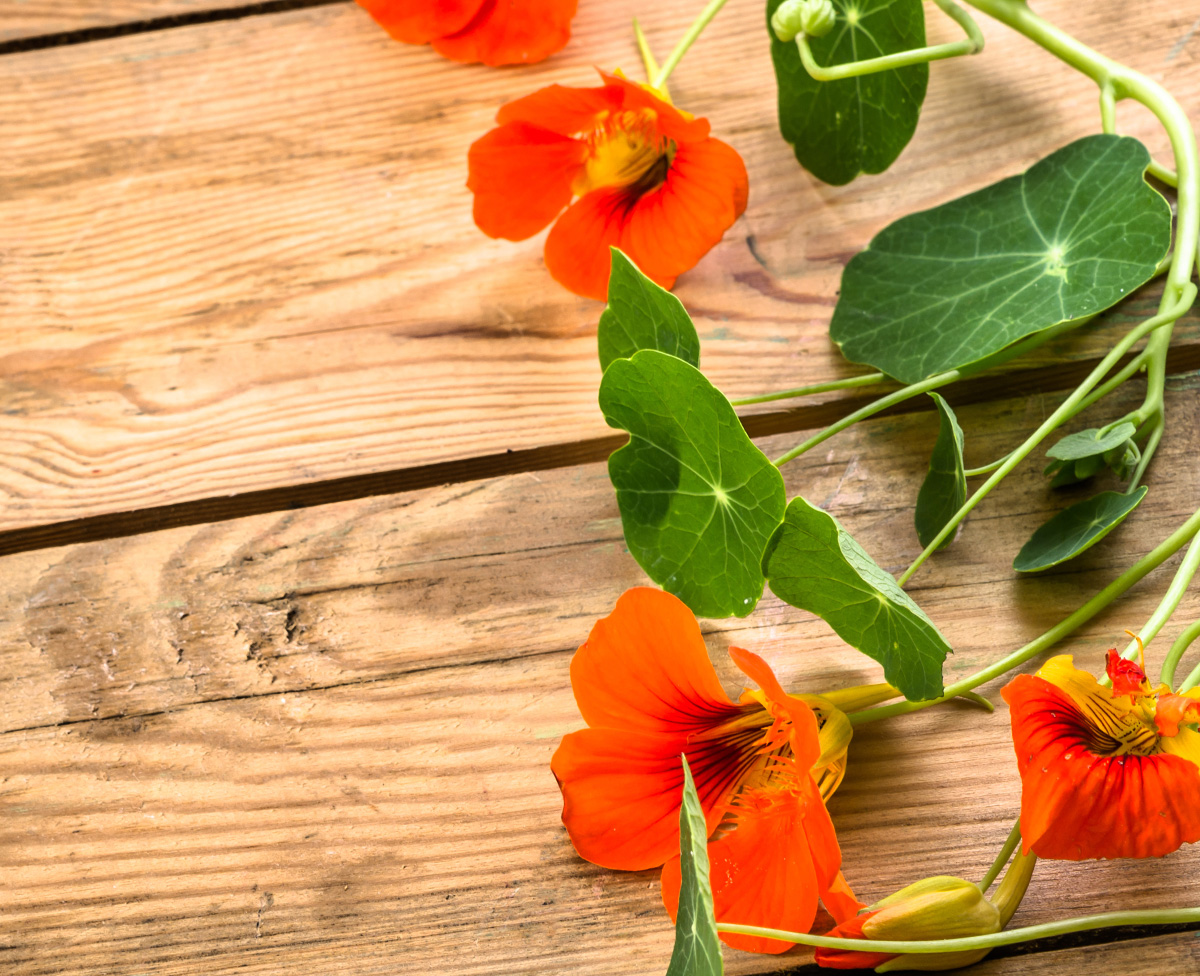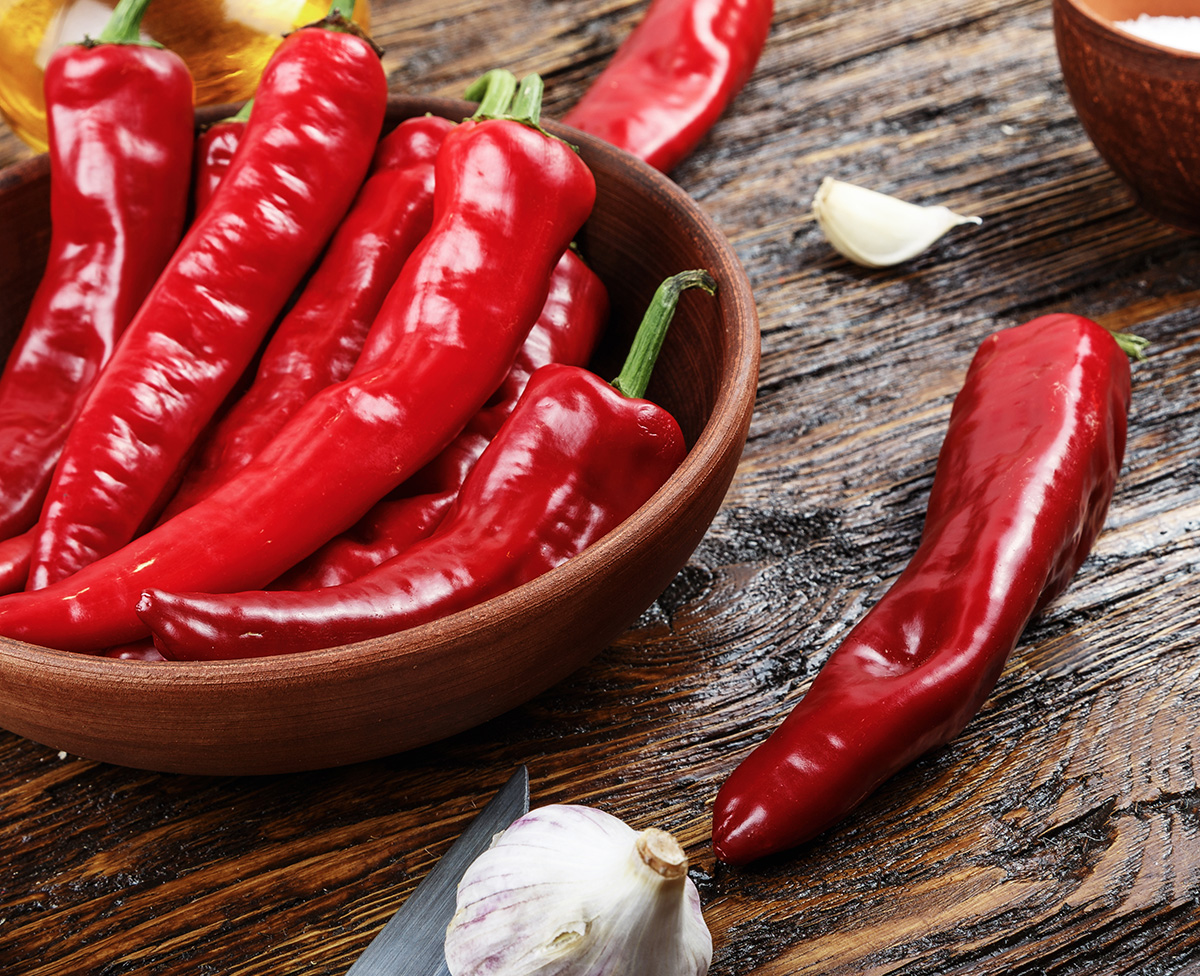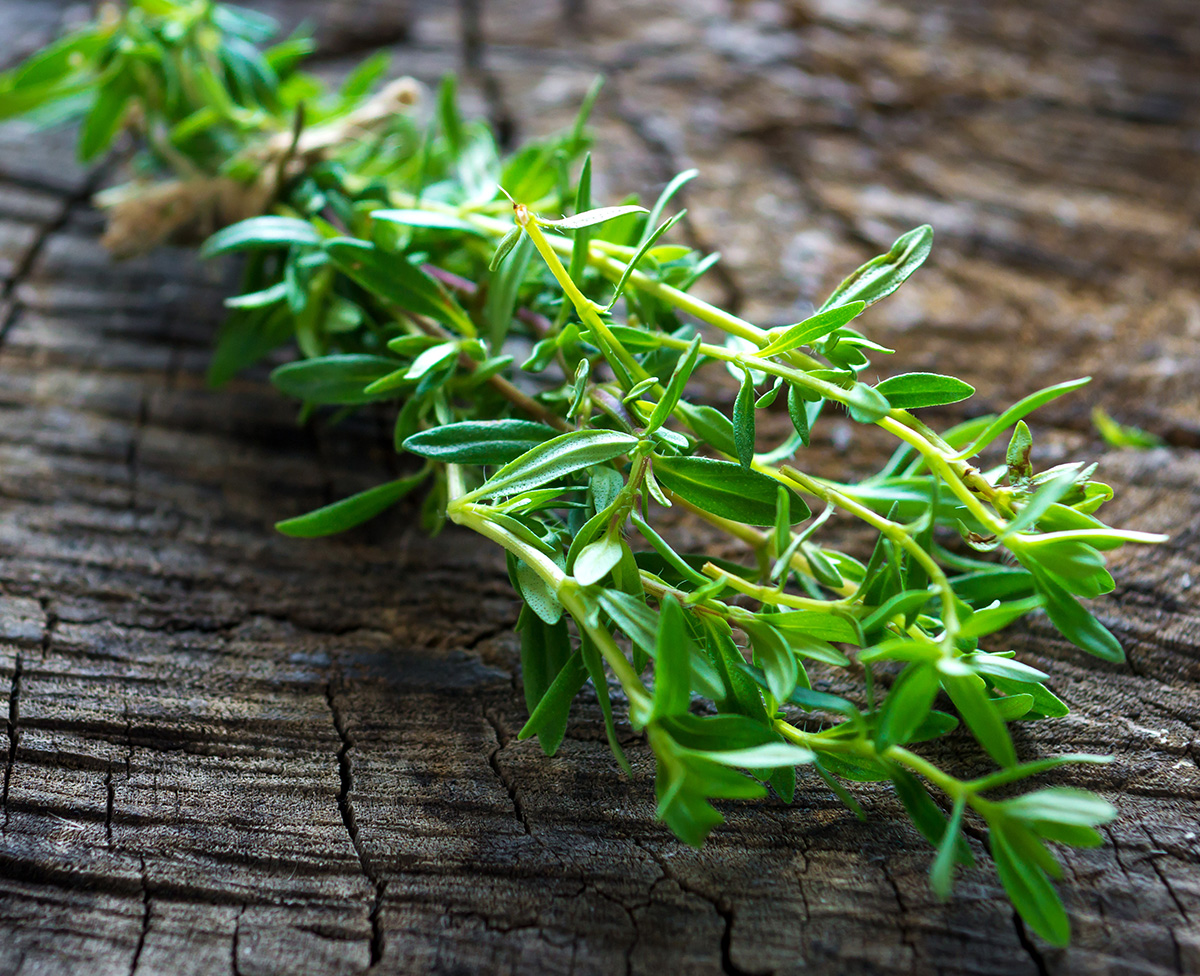VIEW ALL HERBS
Sage
(Salvia officinalis) - Southern Annual
Perhaps like a human sage, this herb has been known to be an authority in assuaging human ailments of virtually every kind. Its name comes from Latin word salvia which means “salvations” and the Greeks and Romans thought that it increased memory capacity while the Arabs considered it able to give immortality. The 19th century Americans used it to suppress sexual desire in order to reduce venereal diseases and the French thought it would assuage grief so its seeds were sometimes sown into graves.
This hardy sub-shrub is native to the Mediterranean and its elongated leaves, which grow up to 3 inches long, have a pebbly appearance on their surface and feel like sandpaper to the touch. Sage is gray in dry climates but appears greener in humid climates. It grows to about two feet tall and has blue-violet flowers that bloom in late spring.
Sage, especially the original true sage, is not a lover of the South. Some of the sage varieties, however, can withstand the southern clime. Sage hates high temperatures and high humidity- so it hates the south! In fact, Kitchen Gardens has long given up on growing the true sage since it is such a difficult grower. The tricolor, berggarten and other sage varieties, however, do well in the South. Remember to prune your sage regularly to keep it from growing leggy.







